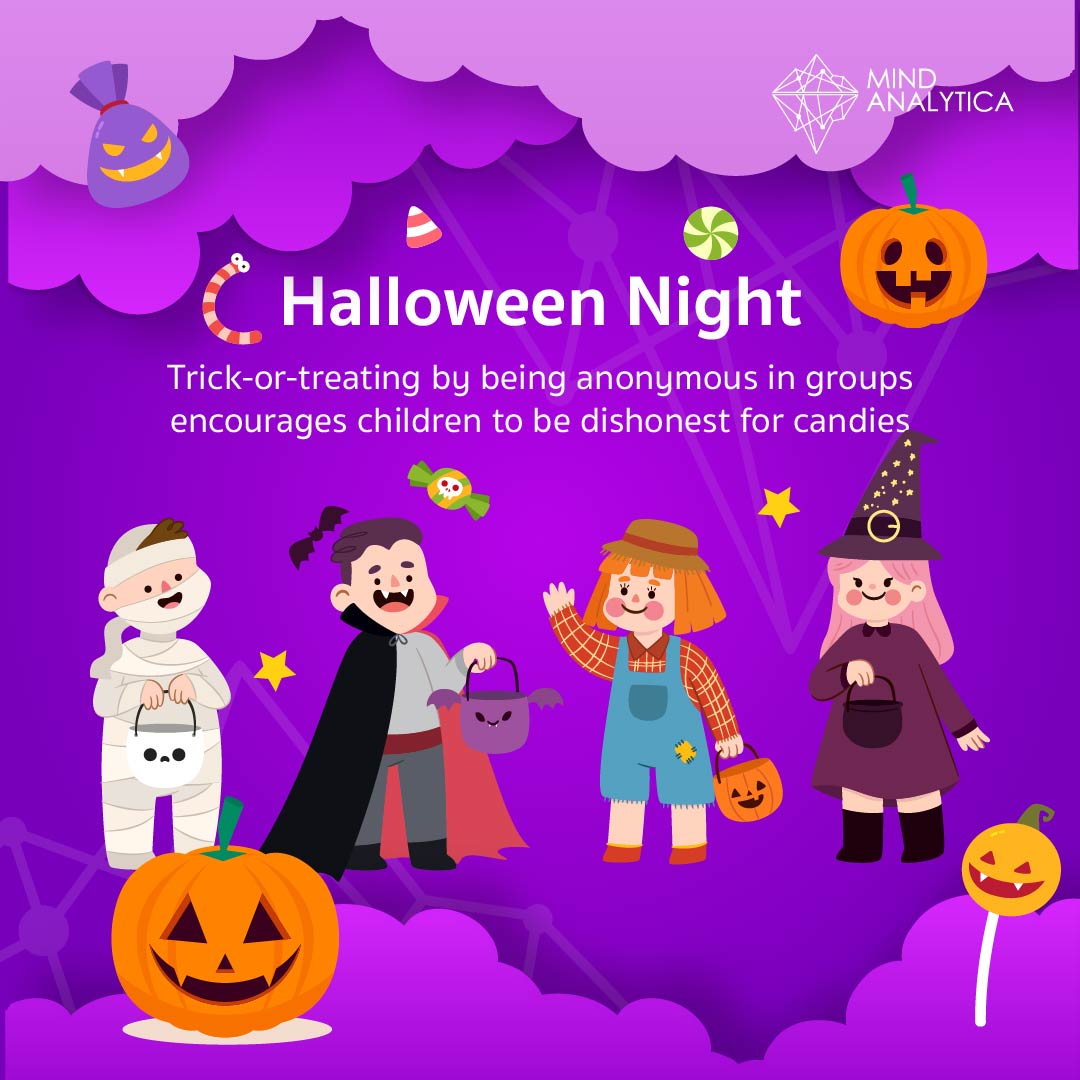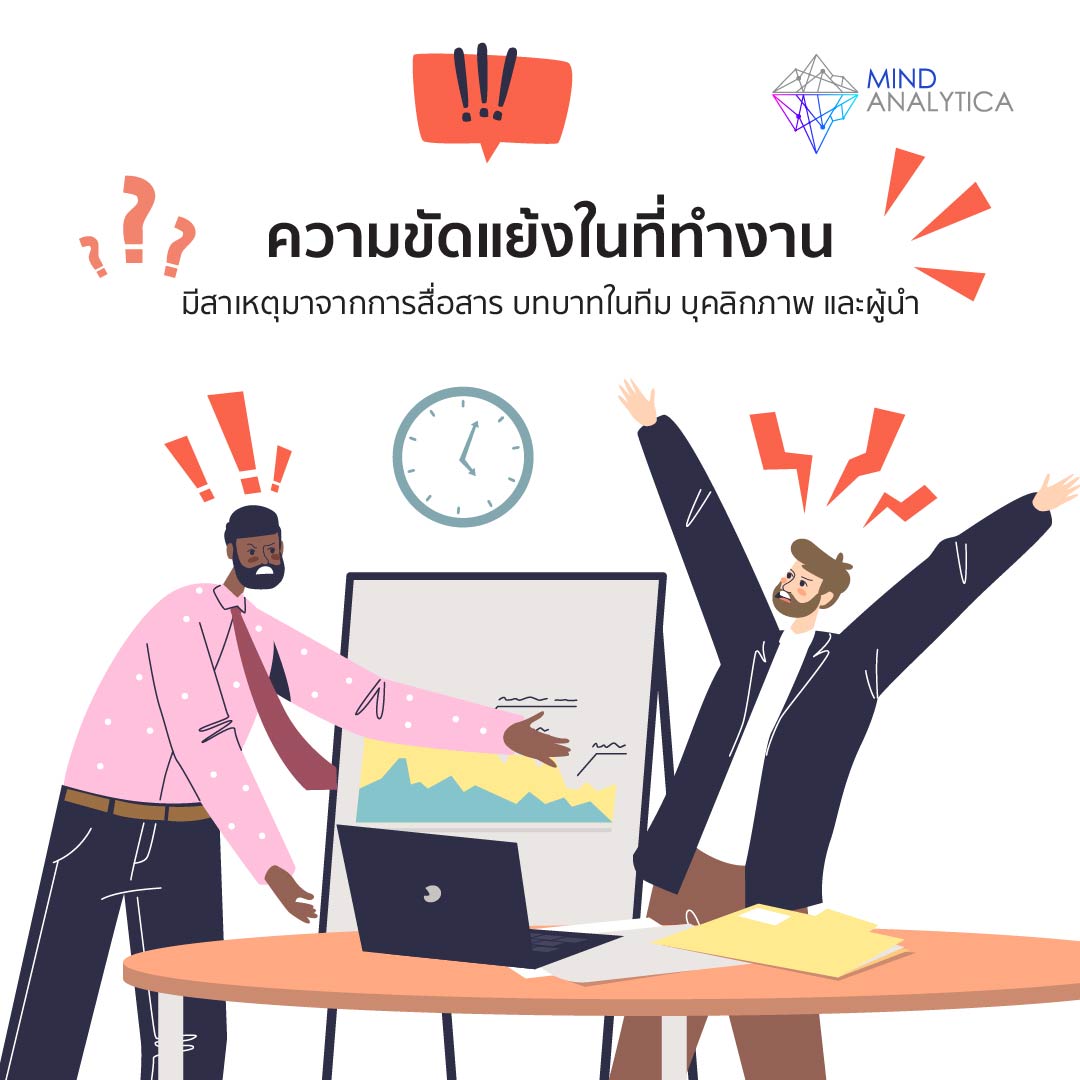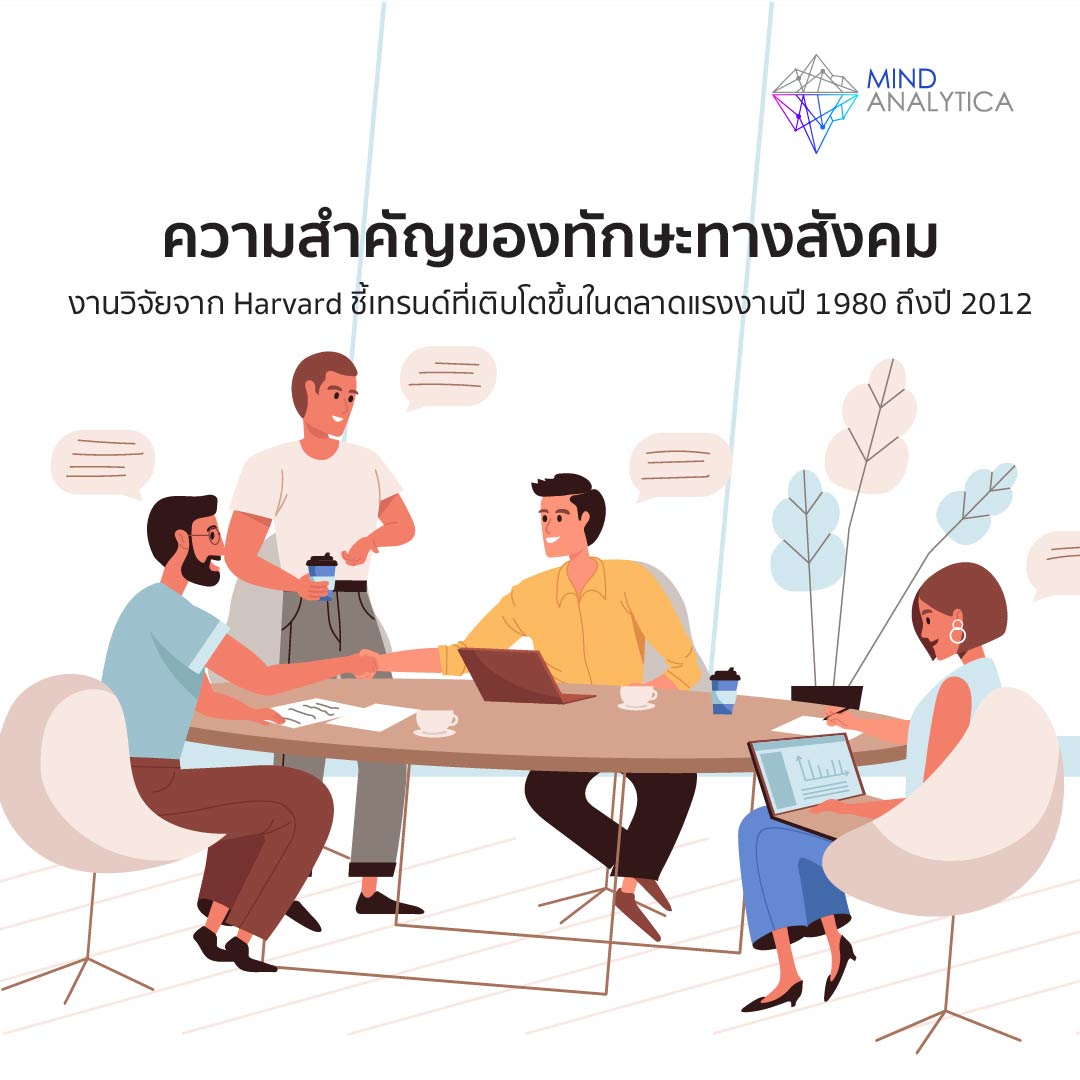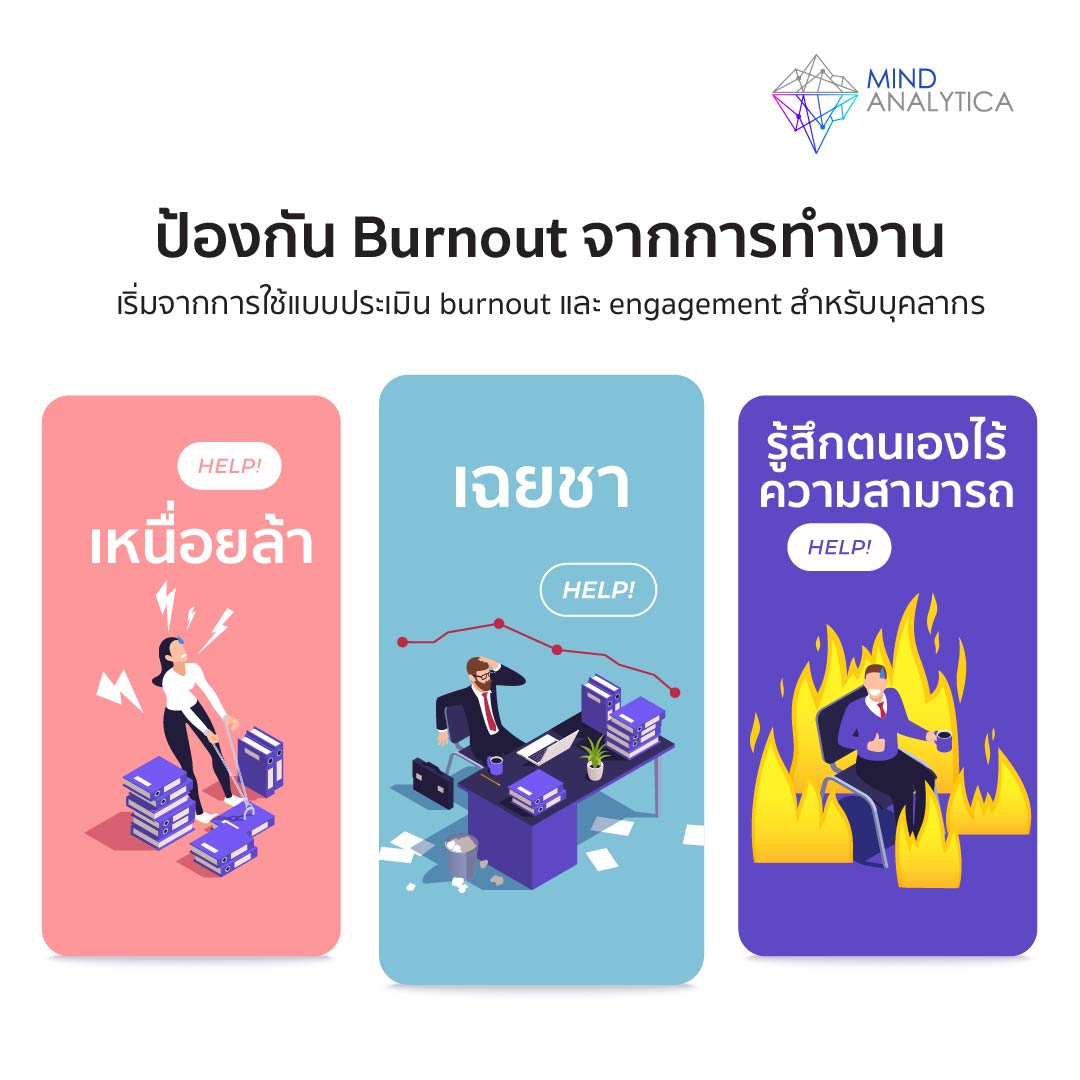Halloween Night, Trick-or-treating by being anonymous in groups encourage children to be dishonest for candies
31 ตุลาคม 2566 - เวลาอ่าน 4 นาที
During the Halloween season in many Western countries, children often participate in a tradition called 'Trick or Treat.' Kids dress up in costumes and go door-to-door asking for candies or treats. This festive activity provides an excellent opportunity for psychological studies.
Ed Diener, a renowned psychologist known for his research on happiness and his colleagues, used the fun context of Halloween to study children's behavior during the Trick or Treating. The objective was to understand if children would steal more candies if their identity is anonymous.
The research took place in Seattle, USA, around 1976. Diener's team organized a Halloween event where they distributed candies and coins to 27 houses in a neighborhood. Each house had a team of two researchers: one who interacted with the children and gave out treats, and another who observed the children's actions and tracked whether they took extra candies or coins.
The process began when the children approached the front of the house. The team welcomed them, admired their costumes, and then told them that they could take one candy each. Afterward, the team said that they needed to go back inside to fetch more candies and walked away, removing themselves from the children's view.
The children who participated in Trick or Treat came in various forms, depending on their costumes:
1. Children who researchers could identify or not: These children were asked for their names, areas where they lived, and were comfortable sharing this information.
2. Children who came alone or with a group: Some children came alone, while others came with friends or in groups.
These combinations of children can be sorted into four categories: those who were alone but anonymous; those who came alone and identified; those who came with a group but all anonymous; and those who came with a group and all identified.
In situations where children came in a group and took more than one candy, the research team created various scenarios to differentiate the children's behaviors:
1. The researchers asked who is responsible for the lost candies from the child who appeared the youngest without asking for their identity.
2. The researchers asked who is responsible for the lost candies from the child who appeared the youngest and asked only the youngest for his or her identity.
3. The researchers asked for the names of all children in the group.
In the end, the researchers documented how many children took extra candies, or coins, or engaged in minor theft like taking unpermitted treats. The results were as follows:
- 21.4% of children who came alone but are anonymous took extra candies.
- 7.5% of children who came alone and are identified took extra candies.
- 57.2% of children who came in a group but are all anonymous took extra candies.
- 20.8% of children who came in a group and are all identified took extra candies.
In the case where children took extra treats in a group, the research team noted that:
- If the first child in the group engaged in minor theft, there was a 75% chance that the others would do the same.
- If the first child in the group didn't engage in minor theft, only 10% of the others did.
The experiment showed that being anonymous, being in a large crowd, or asking about responsibility led to a higher chance of minor theft. On the other hand, in cases where children were identified and asked for responsibility, the chance of minor theft was reduced.
This research isn't limited to Halloween but can be applied to everyday life, such as reducing traffic rule violations by using methods that make identification easier, like clear license plates with the driver's name."
During Halloween each year night each year, children dress themselves up and knock on their neighbors door for trick or treat. Most of the time children are being dishonest if they are asked to take only a limited number of candies.
An interesting research that chose to conduct during Halloween revealed that deindividuation, such as anonymity or being in a big group, lead to higher chance of committing illegal activity.
How can a researcher conduct such a research in children during the festivities of Halloween?



